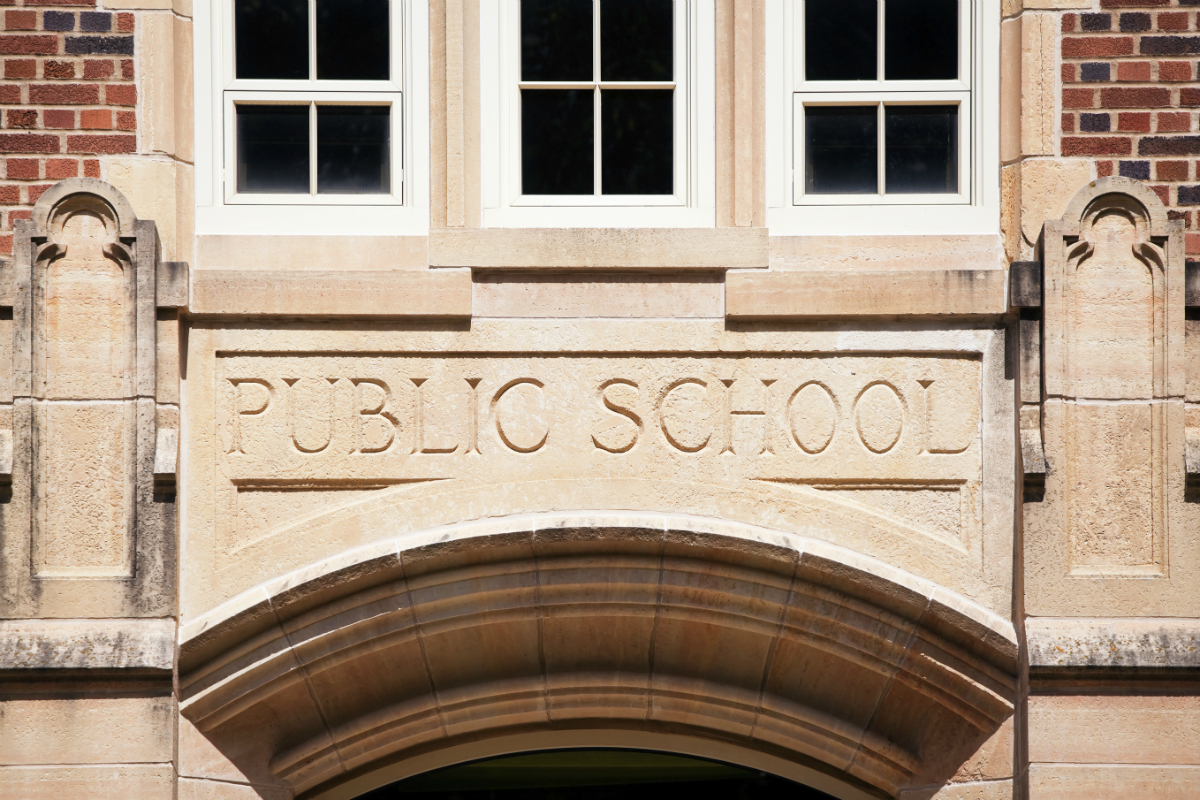Rural districts across the state are utilizing partnerships to forge ahead in implementing the California Next Generation Science Standards (NGSS), according to panelists who presented during an Aug. 16 webinar hosted by the Public Policy Institute of California.
Science education was widely put on the backburner and NGSS implementation was delayed in many schools during the 2020–21 academic year, according to PPIC report The Impact of COVID-19 on Science Education, released in June.
Staff shortages, teacher burnout, a lack of dedicated funding and English language arts and math taking priority made it difficult to focus on science learning, according to 213 school districts representing 50 percent of California’s K-12 population surveyed in fall 2021.
Released alongside a corresponding policy brief, the report found that even prior to the pandemic, NGSS implementation varied across grades and by district type. For example, K-8 schools had made more progress than high schools, while high-need districts have executed changes in elementary grades more so than their lower-need counterparts.
Rural local educational agencies, however, were more likely to continue prioritizing NGSS implementation during this time. Nearly half of rural districts reported prioritizing it about the same as before the pandemic shuttered schools, compared to 37 percent of districts overall; and 13 percent of rural LEAs said there was an increased priority to implement NGSS compared to 1 percent of districts overall.
“In our interviews, some of the rural districts pointed to their strong relationships with community organizations and businesses related to the agricultural industry, and their robust career pathway programs as reasons behind their ability to continue prioritizing science education during distance learning,” said Maria T. Chang Fay, PPIC project assistant and co-author of the report.
Heidi Schweingruber, director of the National Academy of Sciences’ Board on Science Education, told attendees that developing and expanding local partnerships should be at the forefront of LEAs’ efforts in moving the needle on science education.
“One thing I was really struck by in the report was the success in the rural districts with maintaining the emphasis on science, and that part of what they reported were those deep partnerships with business and community partners,” she said. “I think that’s another wonderful lesson learned for other districts to think about in terms of how do we expand science or leverage our partnerships?”
Professional development
The report offers recommendations for the state to consider in making equitable investments in science education, including providing dedicated funding for implementation of the standards and professional development, adding science indicators such as dedicated instructional minutes for elementary schools and course completion for middle/high schools in the state’s accountability system, and building a statewide coalition with educational partners.
Some of this is already underway, explained Jennifer Bentley, administrator in the California Department of Education’s Curriculum Frameworks and Instructional Resources Division. Included in the state budget was $85 million to create K-12 educational resources to help implement CA NGSS and new math framework and computer science standards, she said. And while additional funding isn’t dedicated to science curriculum and materials, Bentley noted that the Learning Recovery and Emergency Block Grant and the Arts, Music, and Instructional Materials Discretionary Block Grant can be used for these purposes.
“Professional learning is key for teachers. The Governor’s budget has a lot of opportunities for schools, districts and county offices of education to take advantage of for science learning, professional learning and instructional materials,” she said. “It would just be a matter of allocating those funds for science rather than English language arts or math, because they are very broad as to what the money can be spent on.”
In rural Golden Plains Unified School District, Superintendent Martin Macias said teachers spent the summer unpacking and exploring the science curriculum. The district also brought together teachers across grade level spans from four campuses to collaborate and “create a synergy that they need from within,” he said, noting that it can be difficult to get a trainer to travel out for just an hour-and-a-half session.
Schweingruber said Golden Plains USD’s collaborative structure will aid in building momentum internally and sustaining it through unanticipated disruptions such as COVID-19. Additionally, she said, in moving forward it will be critical that local and state officials alike examine where disparities may exist both in access and quality of students’ learning experiences.
“We need to get serious about thinking through opportunity gaps, not just focusing on achievement gaps,” Schweingruber said. “Achievement gaps don’t really tell you much until you understand where they come from and start to work on those opportunity gaps.”




